Visiting Great Salt Lake
Great Salt Lake is one of the most unique lakes in the United States. At 75 miles (120.7 kilometers) long and 28 miles (45 kilometers) wide, the lake is so large that it creates its own weather pattern.
Here, in these salty waters that average 14% salinity (about 4 times that of the ocean), the only lifeforms that can survive are the brine shrimp, brine flies, algae, and bacteria. And, if you can get past the pain-in-the-ass brine flies, you can enjoy the incredibly picturesque and calm landscape.
This short photography guide will feature some history, picturesque photos, and some things to see and do.
Salt Lake City: The Salt Lake City Adventure Guide provides more helpful and interesting information about the wonderful yet underrated capital of Utah located nearby.
| Great Salt Lake State Park: Important Information | ||
|---|---|---|
| Dimensions | Great Salt Lake is 5 miles (120.7 kilometers) long and 28 miles (45 kilometers) wide. | |
| Duration | The recommended duration of visit is 30 to 60 minutes. | |
| Best Time | The best time to visit is early morning or any time before noon. | |
| Cost | The only cost is for parking ($5 per vehicle). | |
| Parking | There is a spacious parking lot nearby that costs $5 per vehicle. | |
| Special Considerations: There are lots of brine flies here, so make sure to wear clothing that covers your entire body. | ||
Great Salt Lake’s History
Great Salt Lake, Utah Lake, and Sevier Lake are all that remains of Lake Bonneville—a massive glacial lake from the last ice age that covered most of Utah and parts of Idaho and Nevada.
Salt Lake City is named after Great Salt Lake and the lake continues to play an important role in Utah’s economy.
Great Salt Lake Attractions and Activities
Although the visitor center and the neighboring region seem relatively simple, these are but a glimpse of the lake’s true splendor. Great Salt Lake offers an exceptionally diverse range of attractions and activities.
Antelope Island to the south offers a pristine and preserved landscape while Golden Spike National Historic Park to the north offers working steam trains (that you can ride) and history about the transcontinental railroad.
Visitors can also partake in activities such as sailing, boating, hiking, camping, and swimming.
Minor Nuisances
Unlike most nature destinations I’ve been to, Great Salt Lake has, by far, the most insects I’ve ever seen. These bug bastards are impossible to avoid and have definitely caught people by surprise and ruined their day. Fortunately, the insects are harmless.
During the summer and early fall, there are clouds of brine flies near the lakeshore. Although annoying, they’re harmless and are essential in maintaining a healthy ecosystem. These flies keep the lake clean by feeding on algae and bacteria, and they consume up to 100,000 tons of organic material per year. Incredibly, there are an estimated 300 million brine flies per linear mile of shoreline.
Naturally, the abundance of flies draws an abundance of spiders.
The spiders prefer to stay along the rocks and near the visitor center. It is easy to avoid them if you are on the lookout.
Overall, as long as you are aware and prepared, these insects will pose no problem whatsoever. Just watch your step closely and everything will be fine.
Great Salt Lake is certainly worthy of its name. It descended from an ancient lake of grand proportions and its incredibly salty—like most people I know. Regrettably, the pictures simply can’t do it justice. There is just so much to explore. It has over 10 islands (Antelope Island is the largest and most popular). If you are ever in the Salt Lake City area, make sure to drop by and see just how beautiful this place truly is.

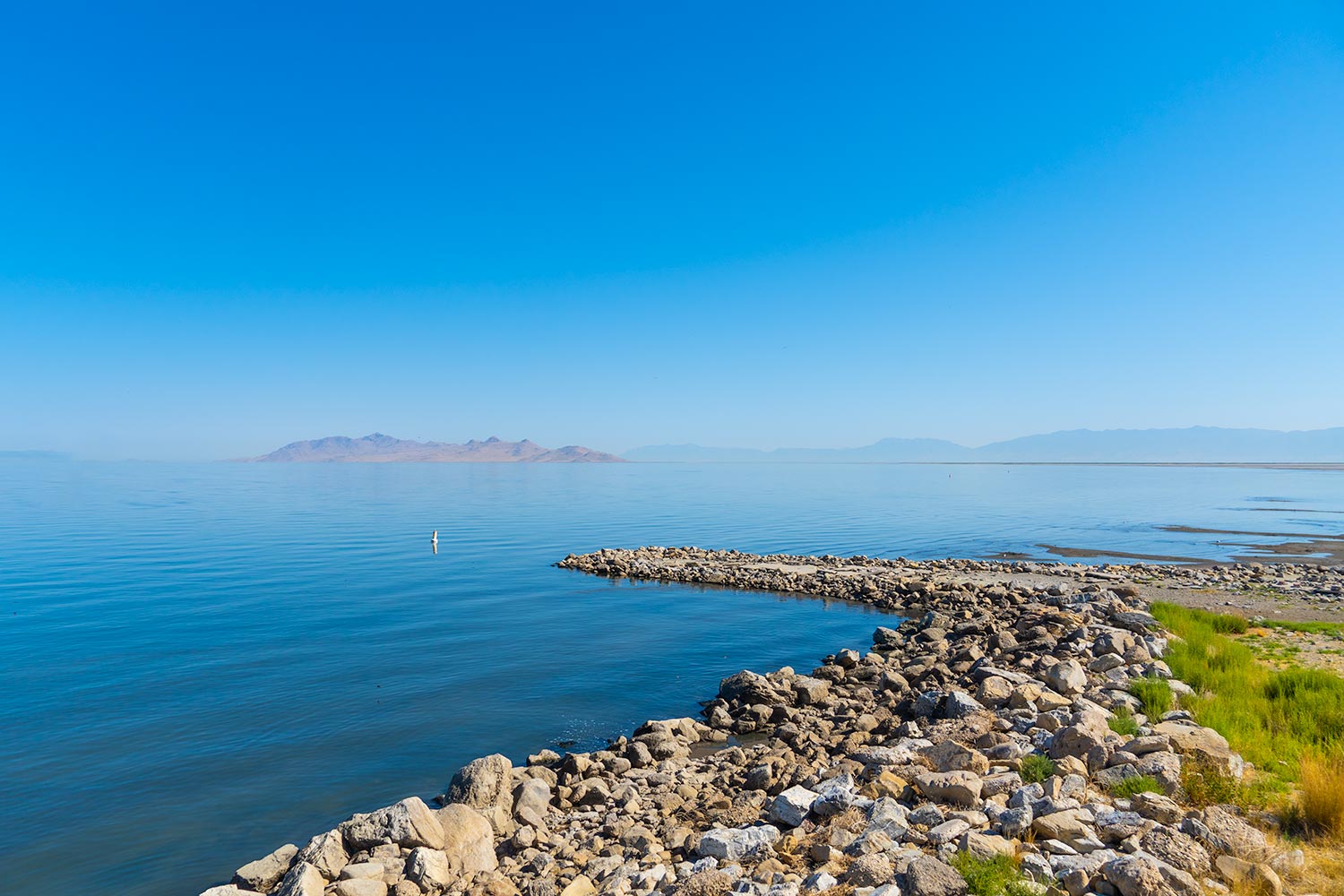
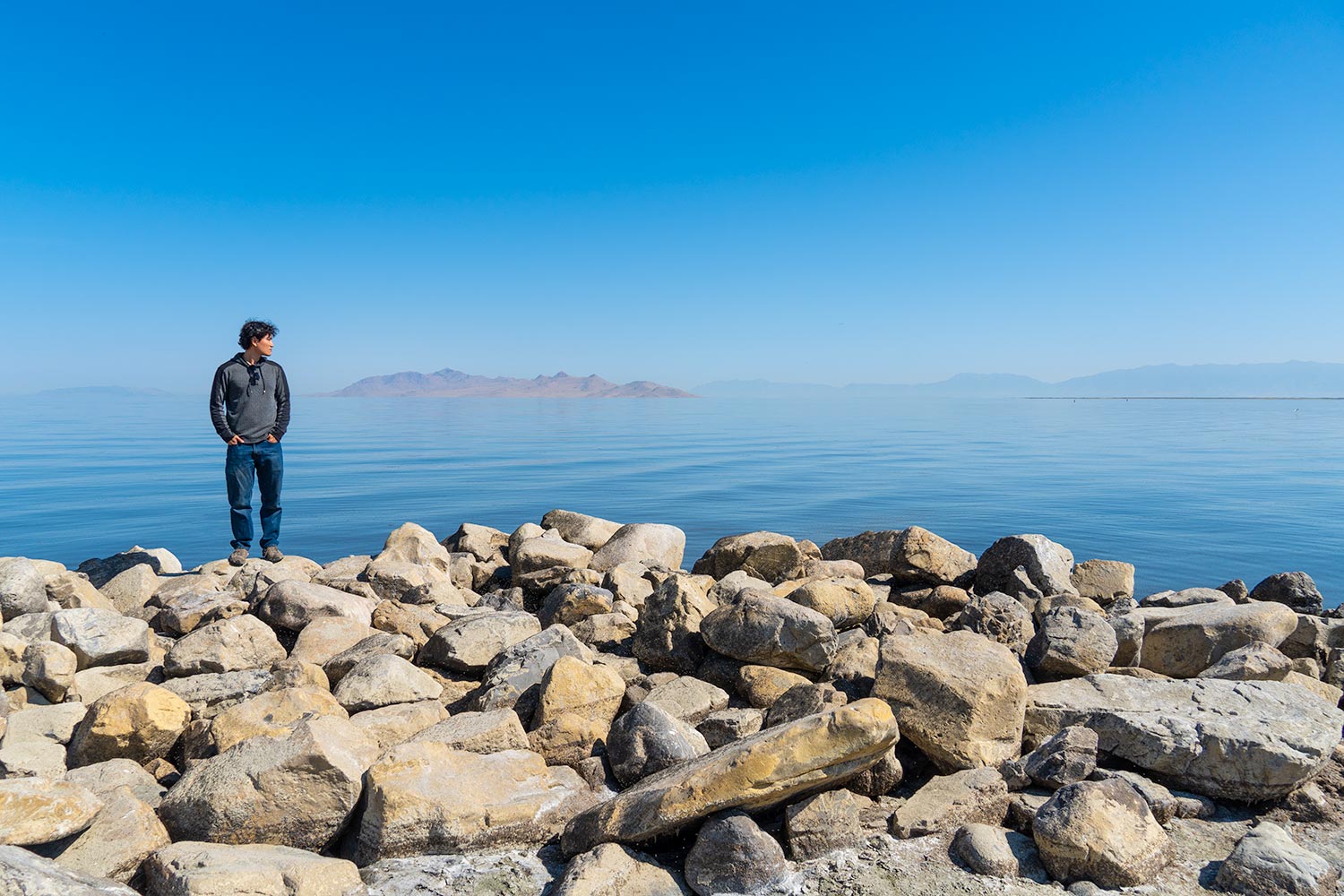
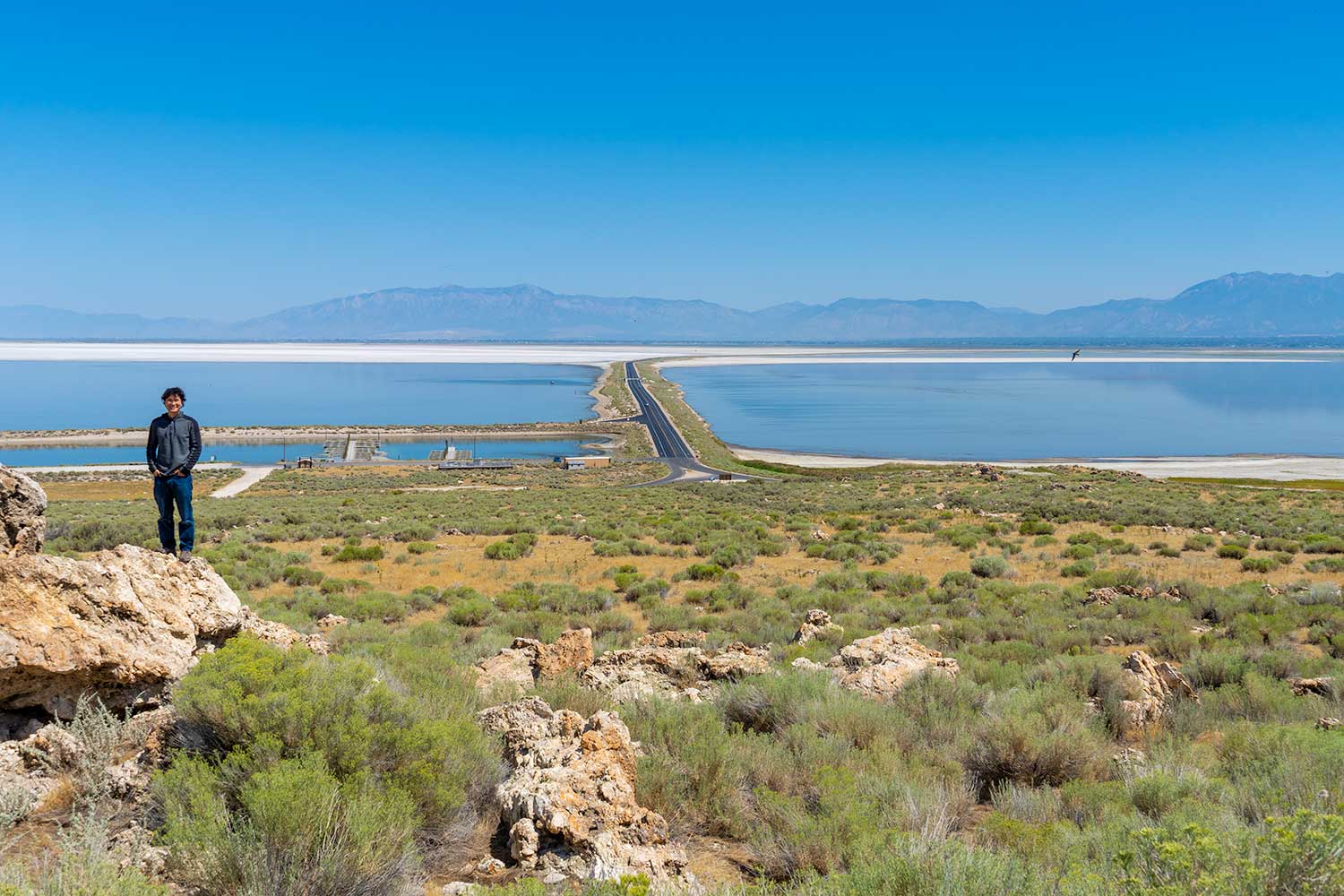
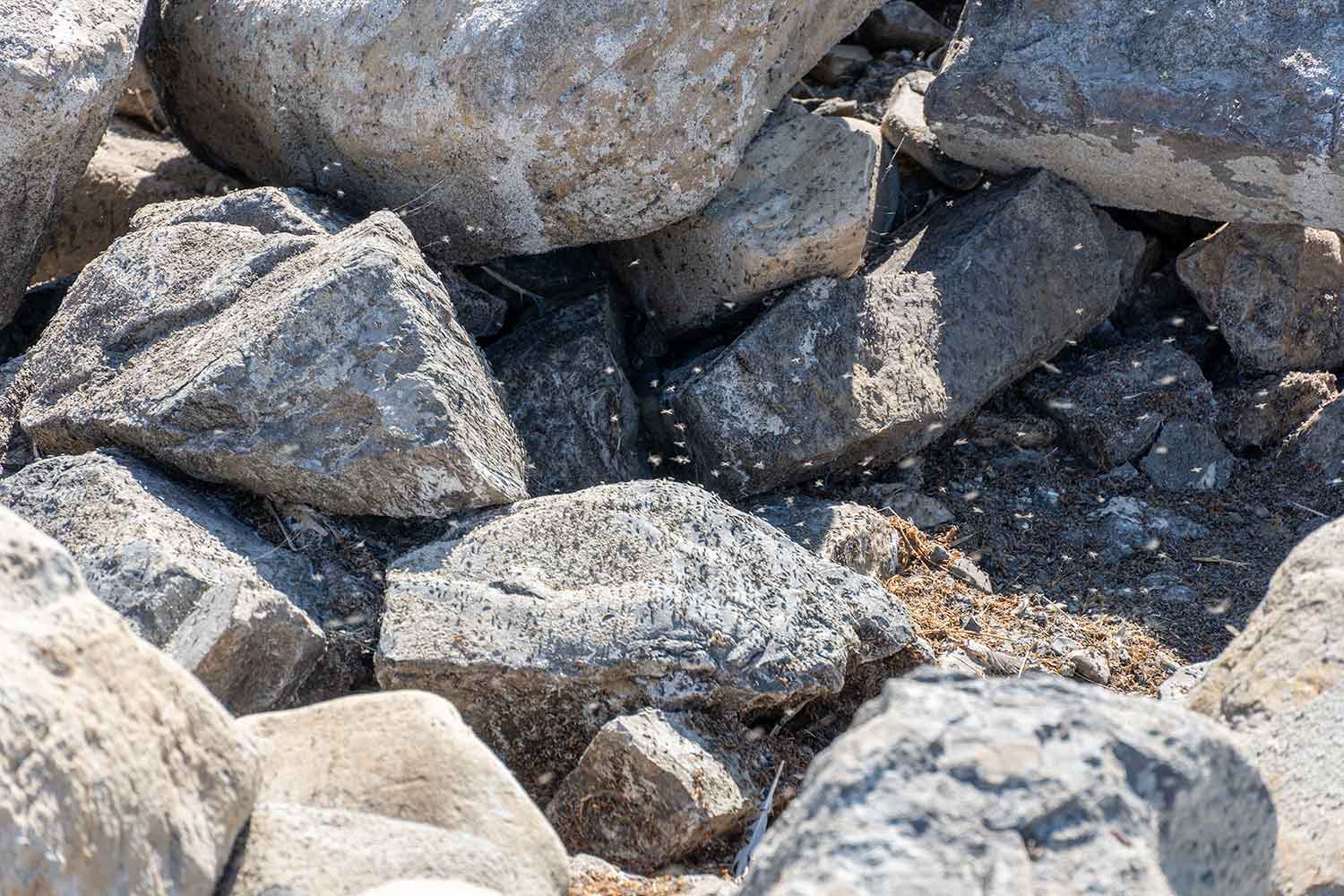
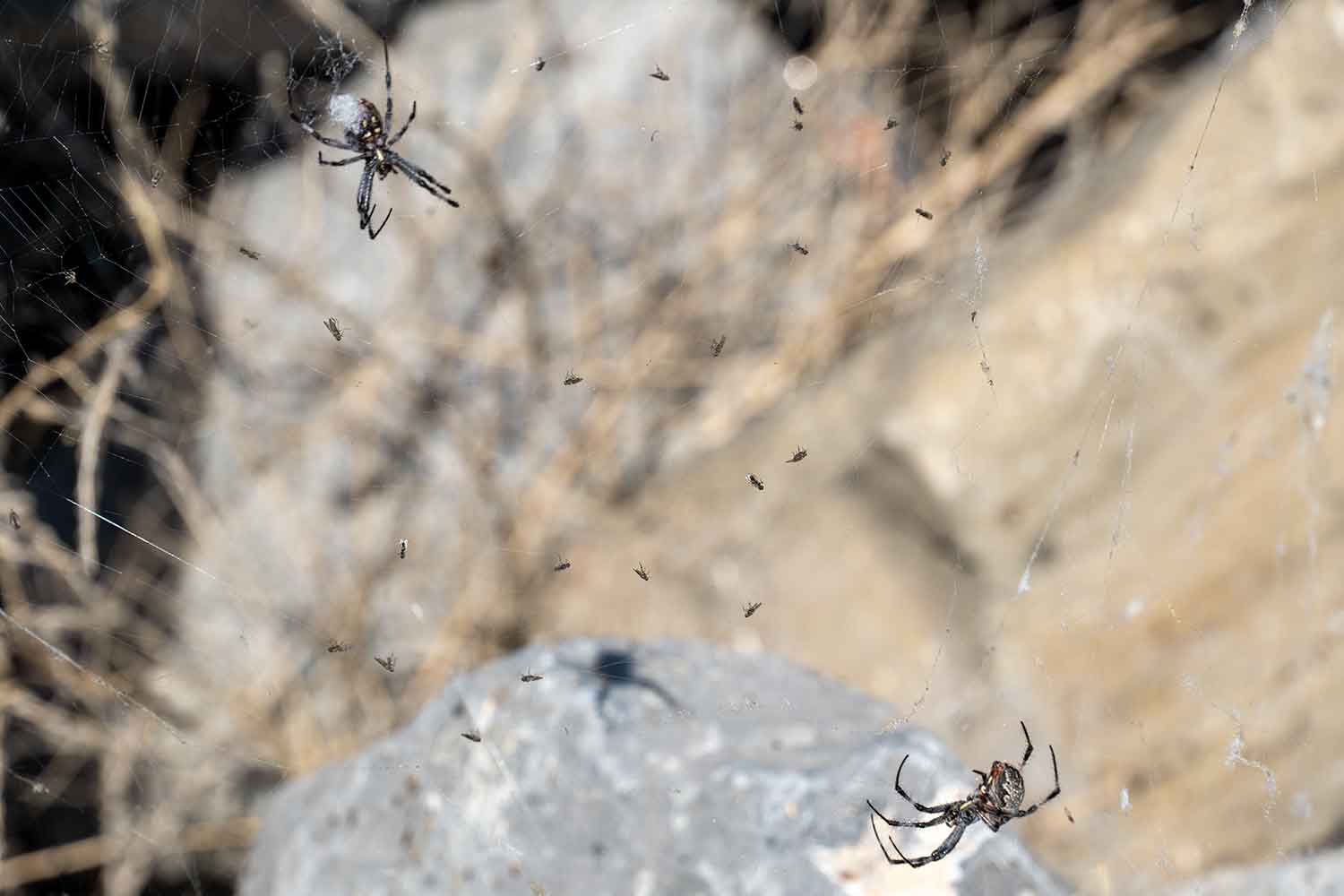
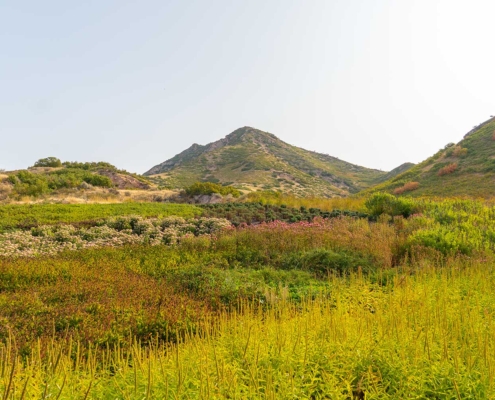 © Copyright - Ace Adventurer
© Copyright - Ace Adventurer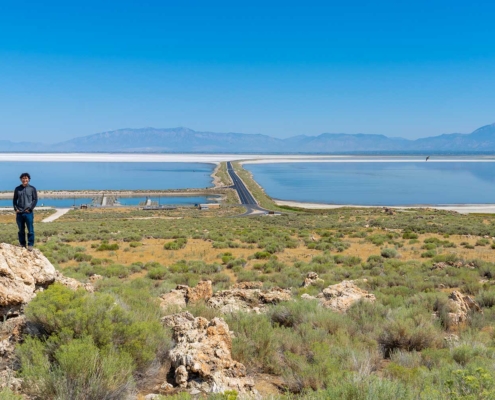 © Copyright - Ace Adventurer
© Copyright - Ace Adventurer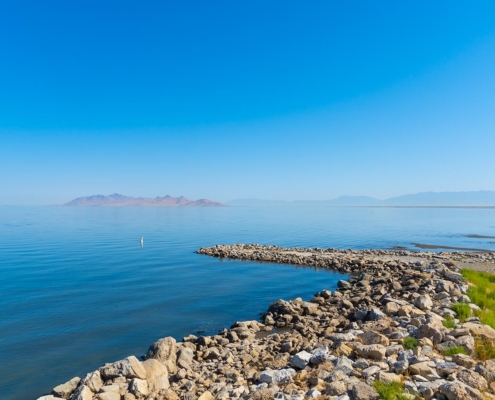 © Copyright - Ace Adventurer
© Copyright - Ace Adventurer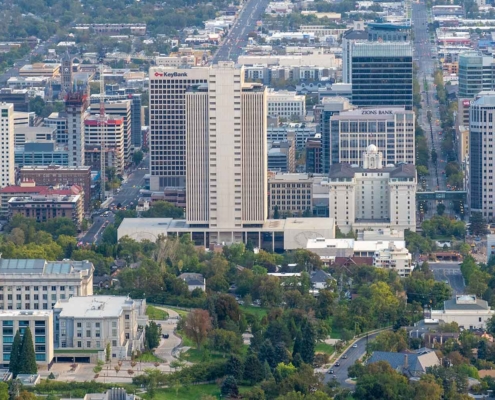 © Copyright - Ace Adventurer
© Copyright - Ace Adventurer © Copyright - Ace Adventurer
© Copyright - Ace Adventurer © Copyright - Ace Adventurer
© Copyright - Ace Adventurer
I love the design of your website. Everything just looks so clean and elaborate at the same time.